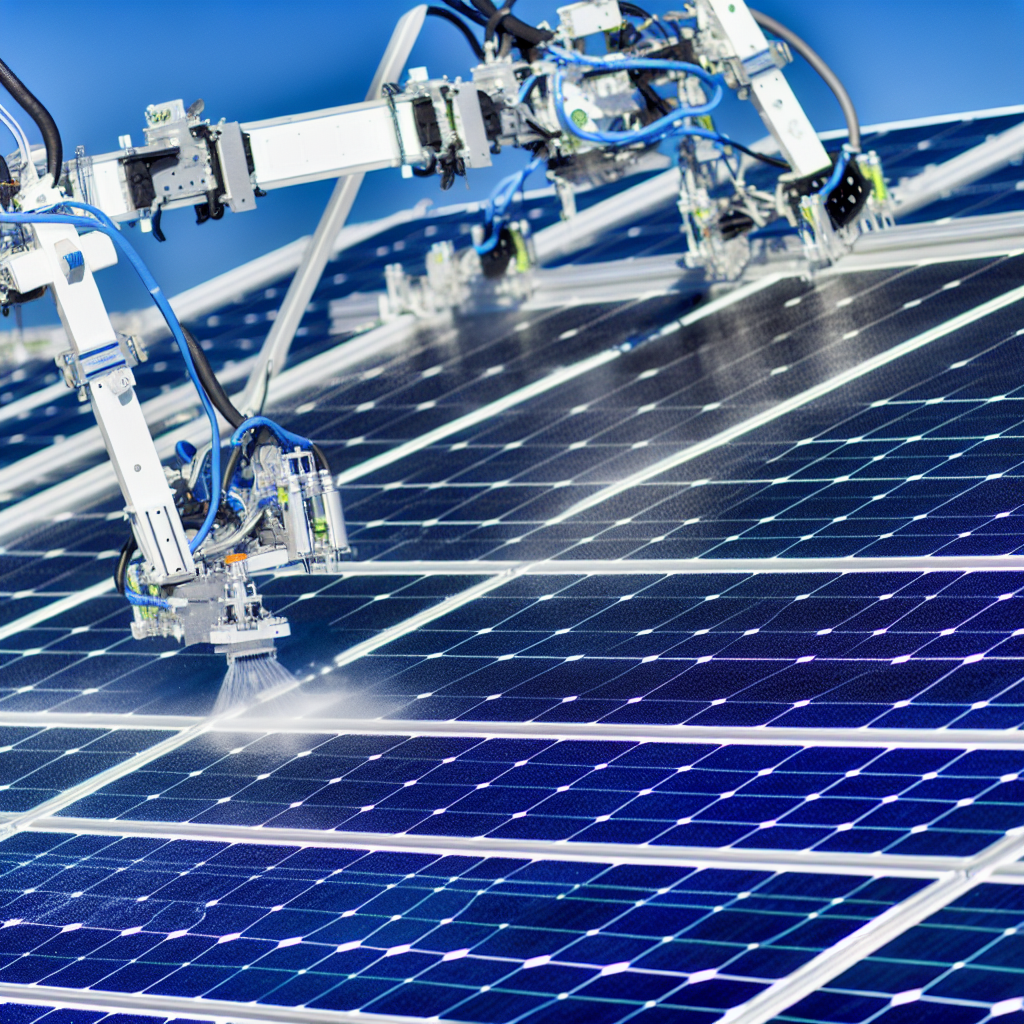Auto solar panel cleaning systems are revolutionizing the way we maintain renewable energy sources. These innovative solutions ensure optimal performance, reduce maintenance costs, and enhance efficiency by automatically cleaning solar panels without human intervention. Understanding how these systems operate and their benefits can help solar energy users maximize their investment and sustainability.
The Mechanism and Benefits of Automated Solar Panel Cleaning Systems
Automated solar panel cleaning systems typically integrate various technologies such as robotic cleaners, waterless solutions, or self-cleaning surfaces. These systems are designed to operate with minimal human intervention, often utilizing sensors, timers, or solar-powered motors to detect dirt accumulation and initiate cleaning. The primary benefits include:
- Enhanced Efficiency: Dirt, dust, bird droppings, and other pollutants can significantly decrease solar panel output by blocking sunlight. Automated cleaning maintains maximum efficiency, ensuring optimal energy production.
- Cost Savings: By reducing manual labor and frequency of maintenance visits, these systems lower operational expenses over time.
- Environmental Sustainability: Automatic cleaning systems often use water-efficient methods or eco-friendly cleaning agents, supporting green energy principles.
Furthermore, the integration of advanced sensors allows these systems to operate during optimal times, avoiding unnecessary waste of resources and ensuring consistent performance regardless of weather conditions or panel location.
Implementation and Future Outlook
Deploying an automatic solar panel cleaning system involves evaluating site-specific conditions such as location, panel tilt, and environmental factors. Modern systems are increasingly customizable, allowing integration with existing solar setups for seamless operation. They often feature:
- Robotic Cleaners: These devices navigate across panels, removing dirt physically or with water spray, often equipped with advanced navigation and obstacle detection.
- Waterless Technologies: Using innovative coatings or electrostatic methods reduces dirt adherence, decreasing the need for water and chemicals.
- Remote Monitoring: Many systems include remote control and diagnostics, enabling users to monitor cleaning schedules, system performance, and troubleshoot issues quickly.
The future of automated cleaning systems is promising, with developments in Artificial Intelligence and machine learning aiming to create smarter, more efficient, and more environmentally friendly solutions. As the solar industry continues to grow, these systems will play a fundamental role in maximizing energy output and minimizing maintenance efforts.
Conclusion
In summary, an automatic solar panel cleaning system offers significant advantages—from maintaining peak efficiency and reducing costs to supporting sustainable practices. As technology advances, these systems will become more intelligent and eco-friendly, further simplifying solar panel maintenance. Investing in an automated cleaning solution is a smart choice for sustainable energy users seeking high performance and long-term savings.
